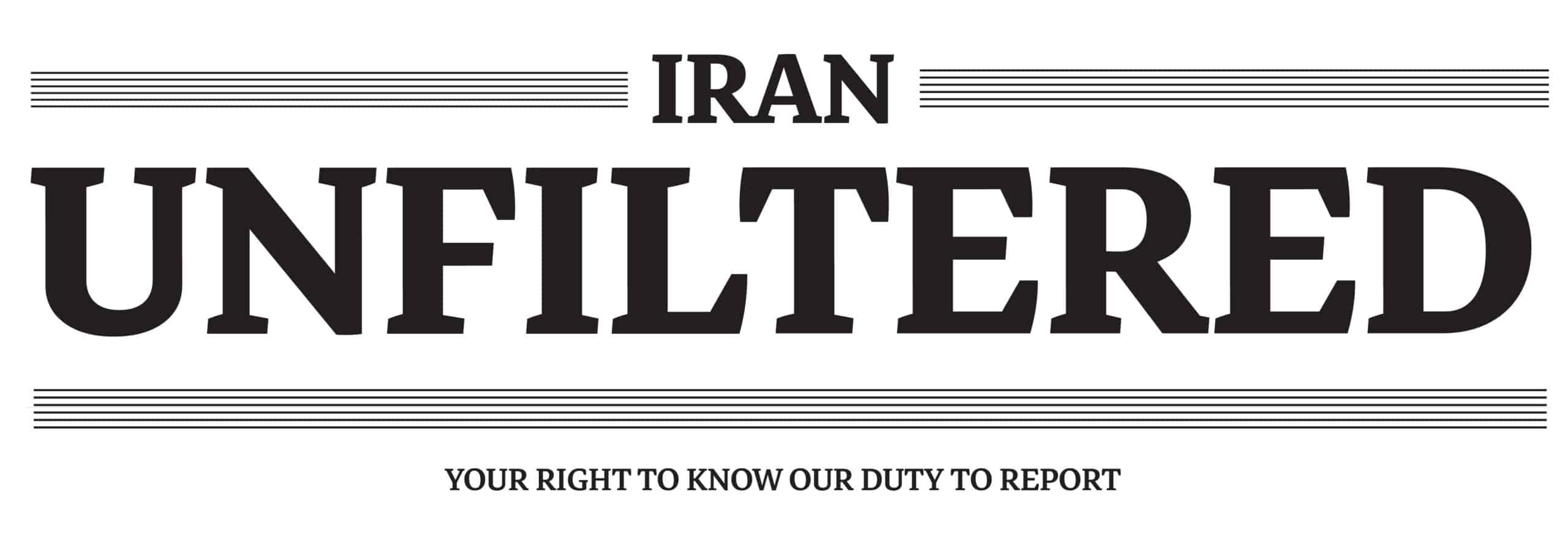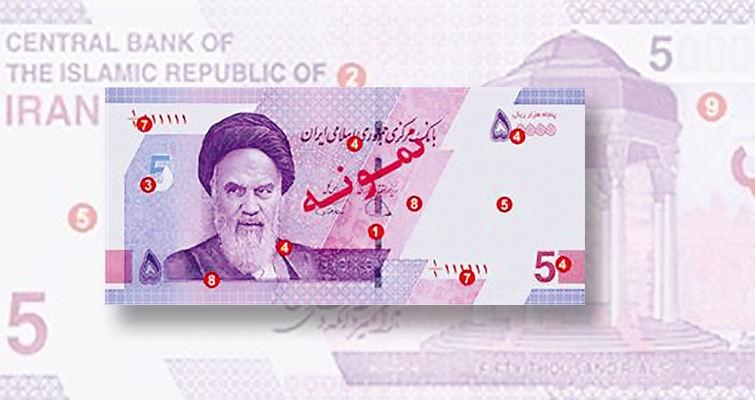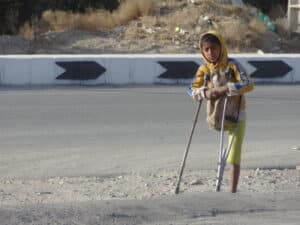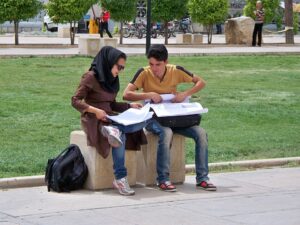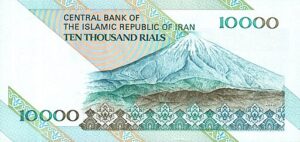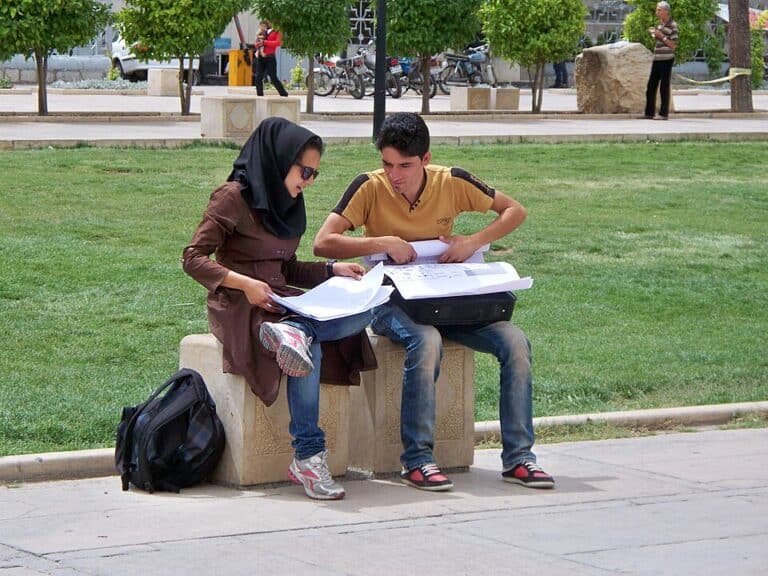Tehran, June 20— As the Iranian banking blackout stretches into its second day, frustration is quickly escalating into fear. With no official statement from the Central Bank or government ministries, Iranians are left speculating not only about when — or if — they’ll regain access to their money, but what the true purpose of the freeze may be.
Across cities and provinces, residents are growing desperate. Shops are refusing cards. ATMs remain offline. And online banking portals display error messages or simply fail to load. For a nation already grappling with economic sanctions and inflation, the inability to access personal savings feels like a tipping point.
“I had to sell my gold ring to buy diapers and baby formula,” said Leila Amini, a teacher in Shiraz. “We have no answers. We have no leadership. Just silence.”
In the absence of transparency, rumors abound. Some believe the state is quietly seizing assets to bankroll the intensifying war effort. Others suspect a cyberattack — either foreign or domestic — has crippled the banking infrastructure. A darker theory suggests that this is a deliberate stress test: a way for the regime to gauge public reaction ahead of deeper financial controls.
Social media platforms, despite being throttled in parts of the country, are flooded with similar anecdotes: families scraping together cash, small businesses shutting their doors, and a general sense of betrayal.
“They told us to keep faith in the rial. Now they’ve made it worthless,” said a post circulating widely on X.
If this is a wartime tactic, analysts warn, it may backfire. Already plagued by economic instability and public distrust, the Islamic Republic may be sowing unrest in its own backyard at a time when internal unity is crucial.
As of now, no timeline has been given for when banking services will resume. And the question on every Iranian’s mind remains as urgent as ever: Where is the money?
